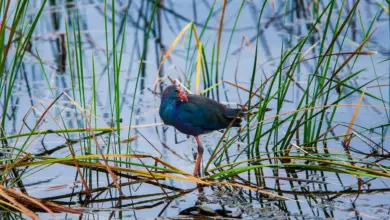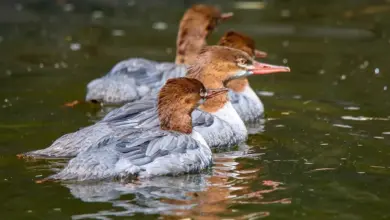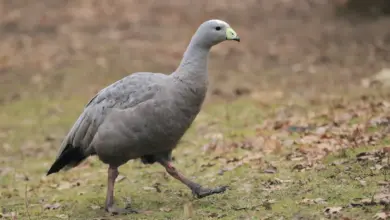Mute Swans: Breeding / Reproduction
Mute Swans: Breeding / Reproduction
Mute Swans: Breeding in freshwater marshes, ponds, lakes, and along slow-flowing rivers.
Most Swans find their mates before the age of 2 years – usually during the winter season. Even though some may nest for the first time when they are two years old, most won’t start until they are 3 to 7 years old.
Mute Swan Breeding
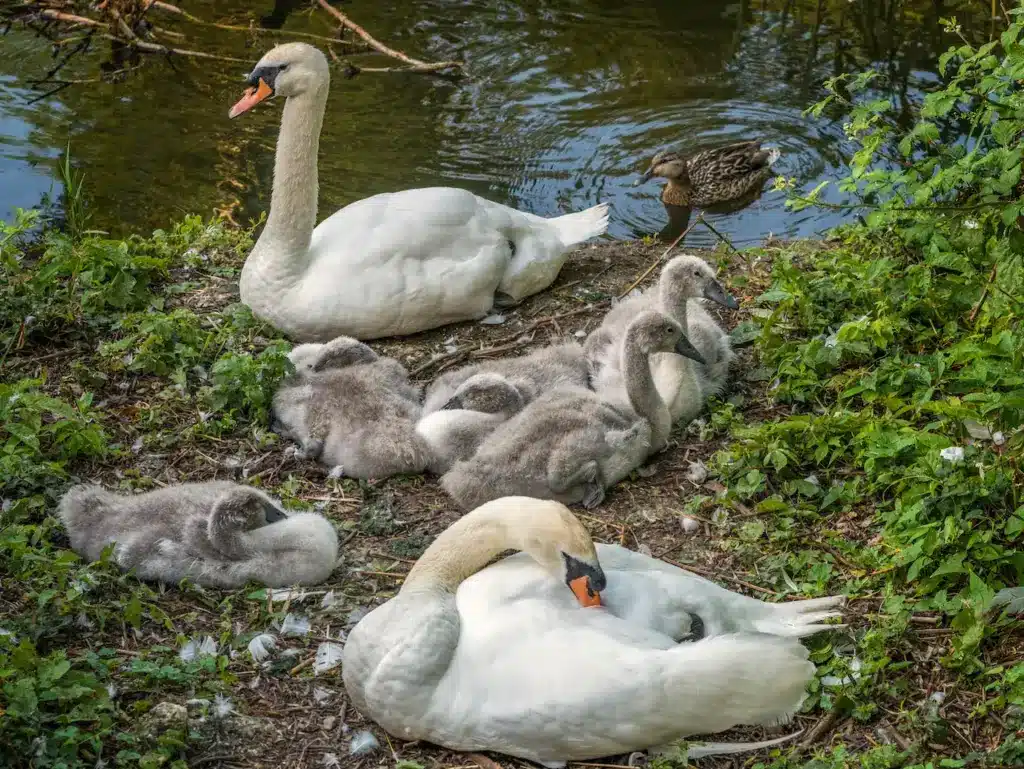
Mute Swans breeding are believed to form lifelong pair bonds. However, if one mate dies, the survivor will find another mate. In captivity in particular, they are known to hybridize with Trumpeter Swans, Tundra Swans, Whooper Swans, Black Swans, Black-necked Swans, as well as with Canada Geese, Greylag Geese Swan Geese and Snow Geese.
Upon arrival in the breeding territory, the pair will engage in courtship behavior, which includes bobbing their heads and facing each other with quivering wings.
Nesting usually occurs from April through July.
They will nest in areas with ample food supply, shallow and uncontaminated water, and few disturbances. Usually, only one pair nests on a single body of water.
These nesting territories range from 6 to 150 acres in size and are often located near where the female was hatched. The female chooses the nesting area, while the male defends it.
Mute Swans pairs are most likely to return to the same nesting site if they were able to raise young successfully there in the past.
Nests
The Swan’s nesting season is timed to take advantage of readily available food supplies.
Their nests are typically placed on slightly elevated sites that are surrounded by water. They may be on top of old beaver houses, dams or muskrat mounds; on emergent vegetation that is either floating or anchored to the bottom of the water; or on small islands. Breeding pairs may repair and reuse nests from prior seasons (particularly if they successfully raise young in those nests), or they may construct a new nest.
Nest-building begins in mid-April and may take up to two weeks. The male uproots aquatic vegetation, grasses and sedges, and transfers it to the female, who will first pile it up high and then uses her body to form a depression to place her eggs in. It’s basically shaped like a large open bowl. The interior is lined with down and feathers. Once completed, the nests may reach a diameter of up to 11.5 feet (1 to 3.5 meter). The nest is often surrounded by a 20 to 30 foot (6 to 9 meter) ditch – usually filled with water to make it more difficult for mammalian predators to access the nest.
Eggs / Incubation
Beginning in late April to June, the female usually starts laying eggs – often before the nest is even completed. Eggs are laid every other day until the clutch is complete.
The average clutch consists of 1 to 11 eggs that are initially blue-green, then turn white and eventually brown with staining. If it is the female’s first clutch, she is likely to lay fewer eggs and these eggs are more likely to be infertile.
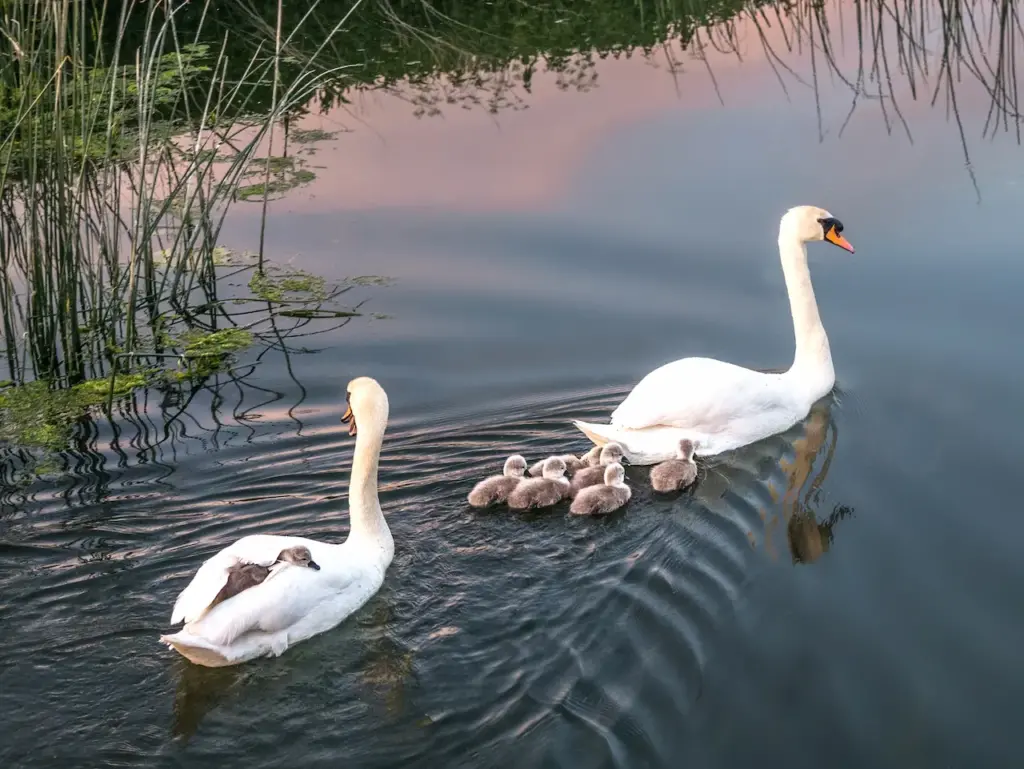
An egg is about 2.9 in (73 mm) wide and 4.5 in (113.5 mm) long; and weighs about 11.3 oz or 320 g.
Once a clutch is complete, the female incubates the eggs for about 32 to 37 days, while the male remains nearby to defend the nest against intruders and predators. Very rarely, the male may help brooding the eggs.
During the incubation period, the female leaves the nest only for short periods to feed on nearby vegetation, bathe and preen her feathers – however, before doing so, she usually covers the eggs with nesting material to conceal them. The male will also remain nearby to deter predators.
The parents usually perform a “victory display” after intruders are deterred – which is similar to their courtship display and consists of facing each other while quivering their wings and trumpeting loudly.
They may lay a second clutch if the first eggs or cygnets are lost. They may lay a second clutch if the eggs or young cygnets are lost.
Raising the Chicks / Post Nesting
Species Research by Sibylle Johnson

